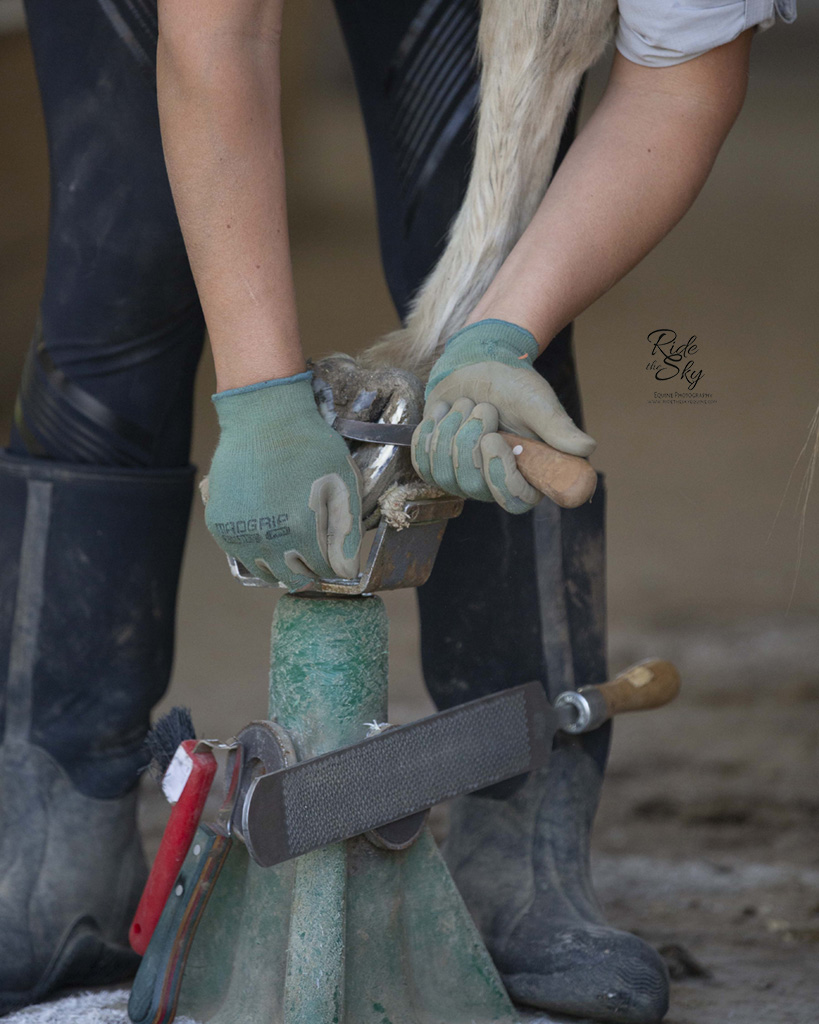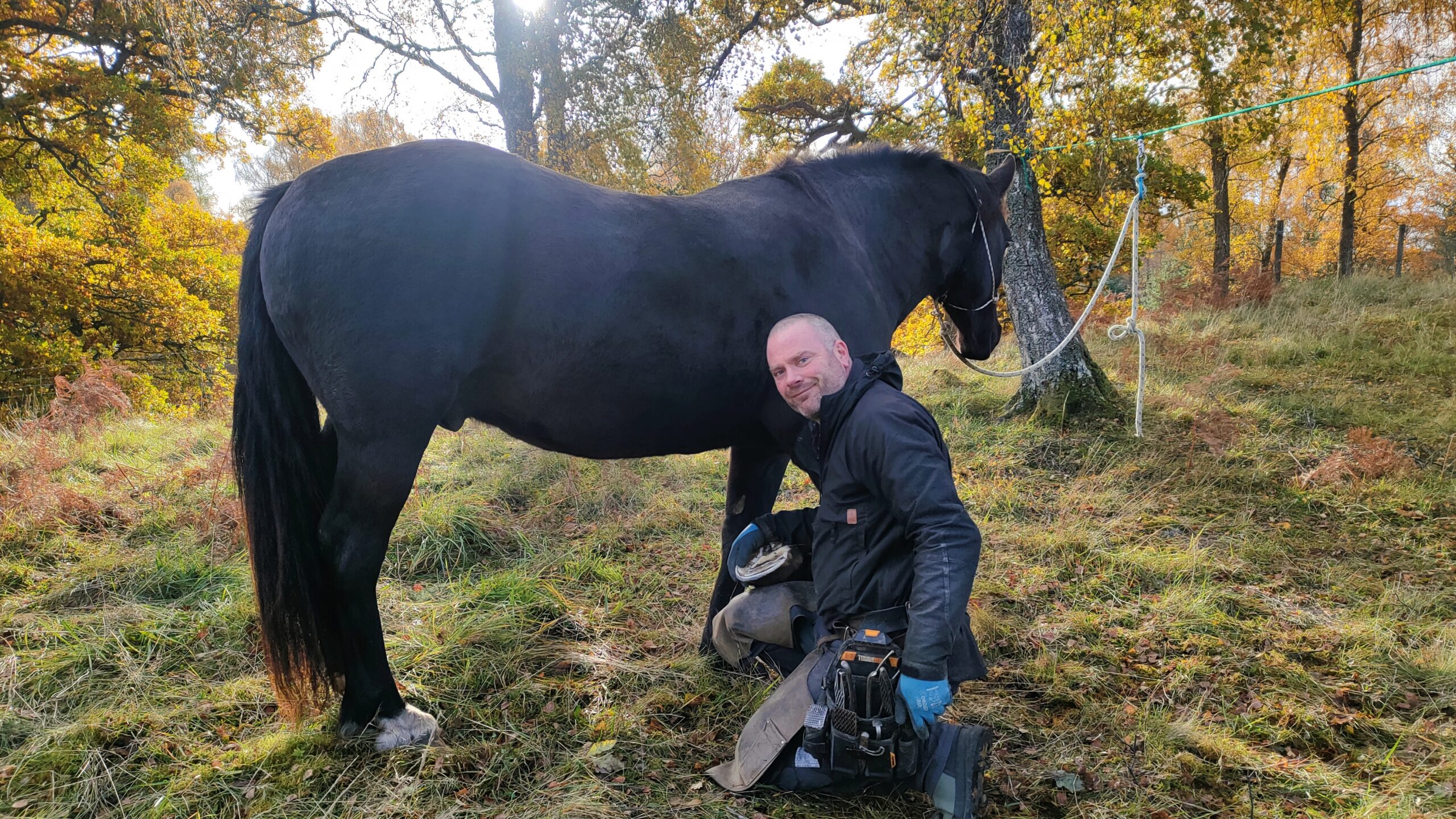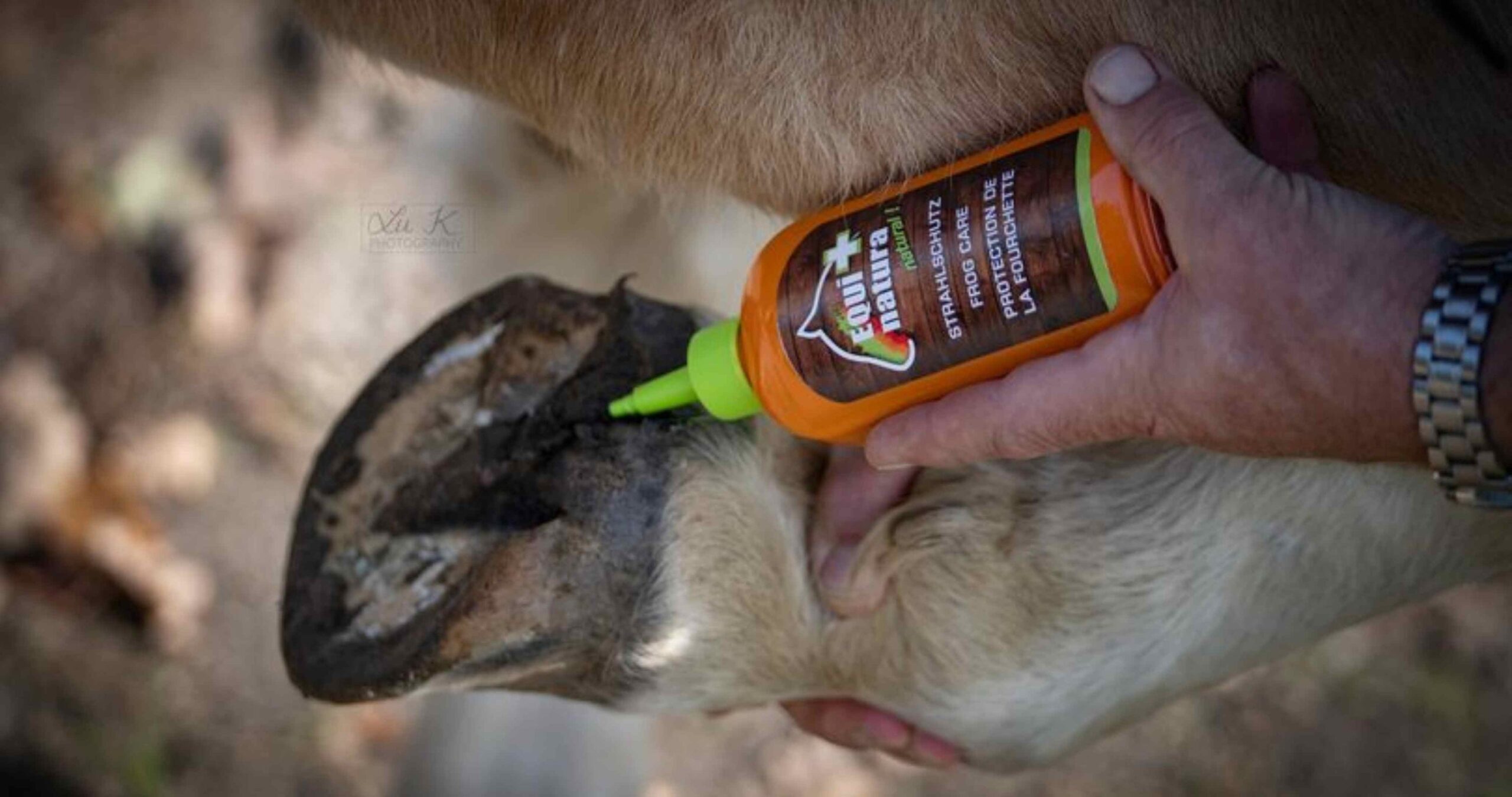The Barefoot Horse: Is It Right for Your Equine?

Caring for horses without traditional shoes, commonly known as the barefoot approach, has gained popularity among equine enthusiasts. This method emphasizes natural hoof care, aiming to maintain the horse’s hooves in their most natural and healthy state. But is going barefoot the right choice for your horse? This article explores the benefits, challenges, and considerations involved in barefoot hoof care.
What Does “Barefoot” Mean for Horses?

A barefoot horse is one that is not fitted with metal shoes. Instead, the hooves are maintained through regular trimming and natural hoof care techniques. This approach relies on the horse’s natural hoof structure and function to provide protection and support.
Benefits of Barefoot Hoof Care

- Improved Circulation: Without shoes, the hoof can flex naturally, promoting better blood flow.
- Enhanced Sensory Feedback: Bare hooves allow horses to feel the ground better, improving balance and coordination.
- Reduced Risk of Certain Injuries: Shoes can sometimes cause nail punctures or other hoof injuries.
- Cost-Effective: Eliminates the expense of shoeing and frequent farrier visits.
Challenges and Considerations
- Transition Period: Horses accustomed to shoes may need time to adjust to barefoot, which can involve soreness.
- Terrain Sensitivity: Rough or rocky surfaces may cause discomfort or damage to unshod hooves.
- Regular Maintenance: Barefoot horses require consistent trimming and monitoring to prevent issues.
Is Barefoot Suitable for Your Horse?
Consider the following factors:
| Factor | Consideration |
|---|
| Horse’s Activity | High-performance horses may need shoes for extra protection.
| Terrain | Rocky or hard surfaces may necessitate shoes.
| Hoof Health | Some horses have weak hooves that benefit from shoeing.
| Owner Commitment | Barefoot care requires diligent maintenance.
How to Transition to Barefoot
- Consult with a knowledgeable farrier or hoof care specialist.
- Gradually reduce shoeing while monitoring hoof condition.
- Provide supportive hoof boots during transition if needed.
- Maintain a balanced diet to support hoof growth.
Frequently Asked Questions (FAQ)
Q1: Can all horses go barefoot?
A1: Not all horses are suitable candidates. Factors like hoof condition, workload, and environment play a role.
Q2: How often should barefoot hooves be trimmed?
A2: Typically every 4 to 6 weeks, depending on growth rate and activity.
Q3: What if my horse is sore after going barefoot?
A3: Soreness is common during transition. Use hoof boots and consult a professional.
Q4: Are barefoot horses more prone to injury?
A4: With proper care, barefoot horses can be just as sound as shod horses.
Choosing barefoot hoof care is a personal decision that depends on your horse’s needs, environment, and your ability to maintain their hooves. With the right approach, many horses thrive without shoes, enjoying improved hoof health and natural movement.
For more detailed guidance, always consult with a certified farrier or equine veterinarian.
